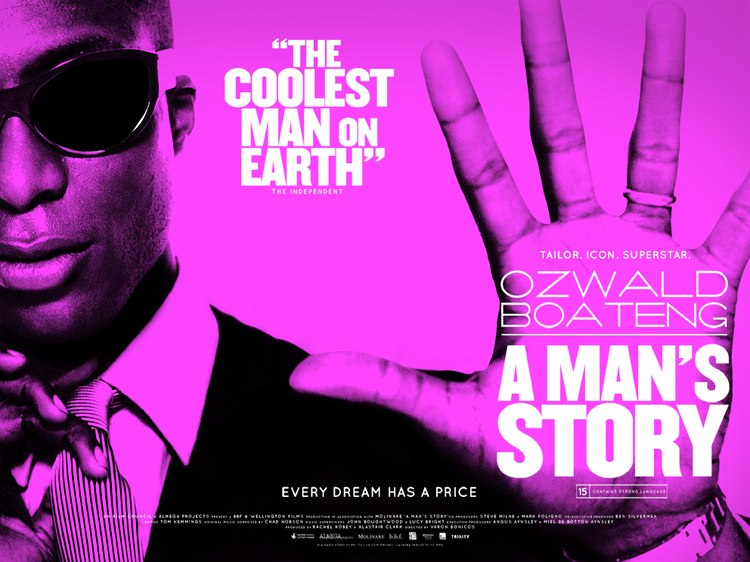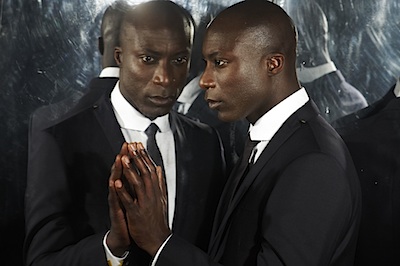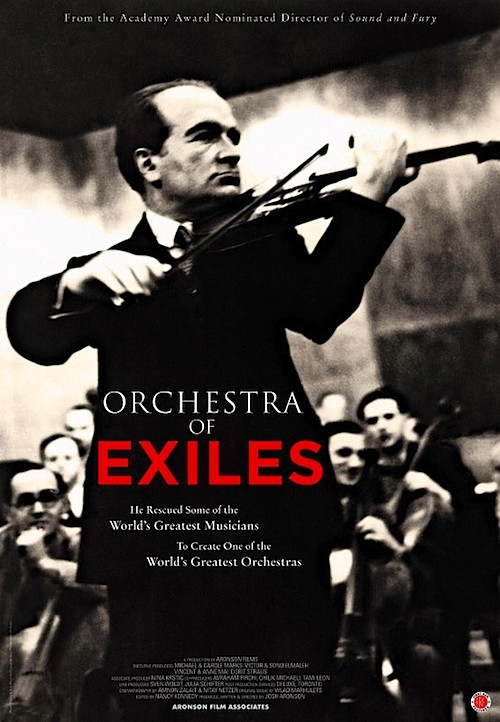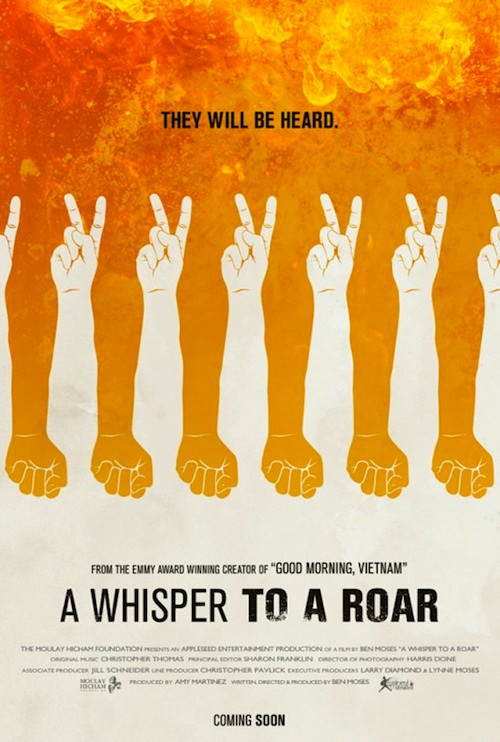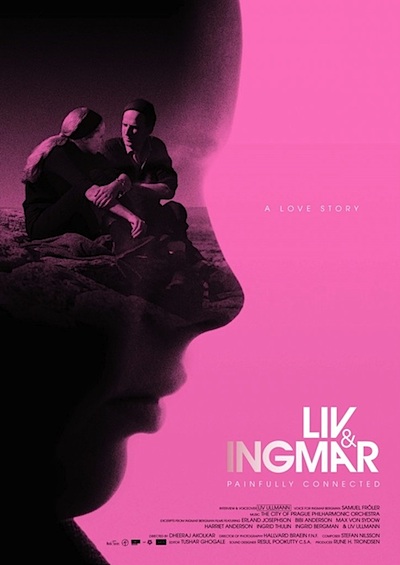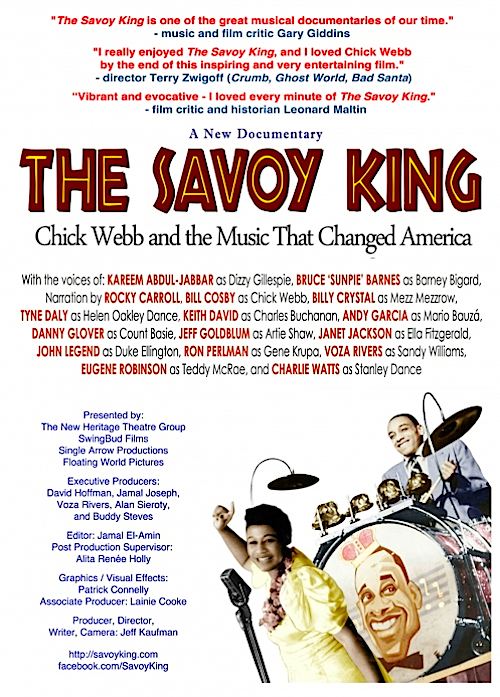By Joe Bendel. The Mosuo people are considered somewhat exotic in China, but that is a decidedly mixed blessing. Their traditional matriarchal way of life is slipping away, but there are opportunities to perform in Tibetan themed bars and dancehalls – at least for the pretty ones. This again is a dramatically mixed blessing. When the impact of the global financial crisis forces the siblings to return home from Beijing, they start to rethink their long term plans in Marlo Poras’s The Mosuo Sisters, which screens during the proceeding-as-scheduled DOC NYC 2012.
Juma and Latso’s Himalayan Village is close to exactly nowhere. Returning home after their employer shutters her Beijing bar is an arduous, depressing journey. For Latso, the younger sister, it is a particularly bitter pill to swallow. Having enrolled in an accounting class, she had hoped to support her family with a more professional career. Now she is returning, knowing full well it will be difficult to leave again. Indeed, it is Juma, the superior earner who is sent out (this time for Chengdu), while her mother keeps her home to work on their hardscrabble farm.
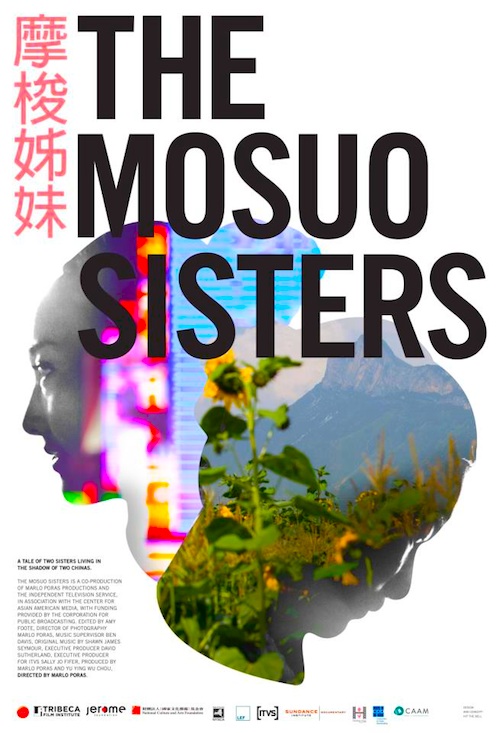 One hopes the sisters will reap some benefit from Poras’s film, especially if it airs on public television. After production wrapped, their village was shook by an earthquake, which leveled their family’s home. Currently living in tents according to the film’s Facebook page, their family could use some of those Kickstarter funds.
One hopes the sisters will reap some benefit from Poras’s film, especially if it airs on public television. After production wrapped, their village was shook by an earthquake, which leveled their family’s home. Currently living in tents according to the film’s Facebook page, their family could use some of those Kickstarter funds.
Even before disaster struck, the year and a half Poras spent with the sisters dramatically illustrates Socialist China’s vast economic inequalities. Being an ethnic minority is also a dubious distinction for the sisters; it is considered intriguing, but often for the wrong reasons, to the wrong people. For instance, Juma must often endure misconceptions about Mosuo “Walking Marriages.” Roughly, those are procreative arrangements, in which the wife and husband live in their mothers’ households, but jointly raise their children during evenings spent together. Often deliberately misunderstood as an institution fostering promiscuity, they are anything but.
Of course, the status of China’s ethnic minorities has always been rather tenuous, particularly during the Cultural Revolution. However, Poras keeps the focus exclusively on the sisters’ here and now. Blessed with natural screen presence, viewers will definitely root for them. They might be from the middle of nowhere, but they are not bumpkins. In fact, they are quite intelligent and extremely sensitive. Yet the way they evolve and mature over this period of time is surprising.
While not even covered in the film’s post-script, the current condition of the sisters’ family speaks volumes about the nature of the Chinese government. We witness first-hand how unabashed gangsters thrive in a city like Chengdu, but education is practically a luxury. Poras’s frequent shots of Chairman Mao’s portrait staring down on the proceedings add an unmistakable layer of irony to their difficult struggle for survival.
A number of unvarnished documentaries addressing China’s social ills have been released internationally in recent years, but Mosuo Sisters has a somewhat different angle. It captures a vanishing culture and features two primary POV figures who completely win over audience sympathies. Strongly recommended, particularly for China watchers, Mosuo Sisters screens this Saturday (11/10) at the IFC Center. If you go, also bring some cash in case they pass the hat for the sisters’ family. Consider it a helping hand extended from one disaster area to another.
LFM GRADE: A-
Posted on November 5th, 2012 at 9:35am.
